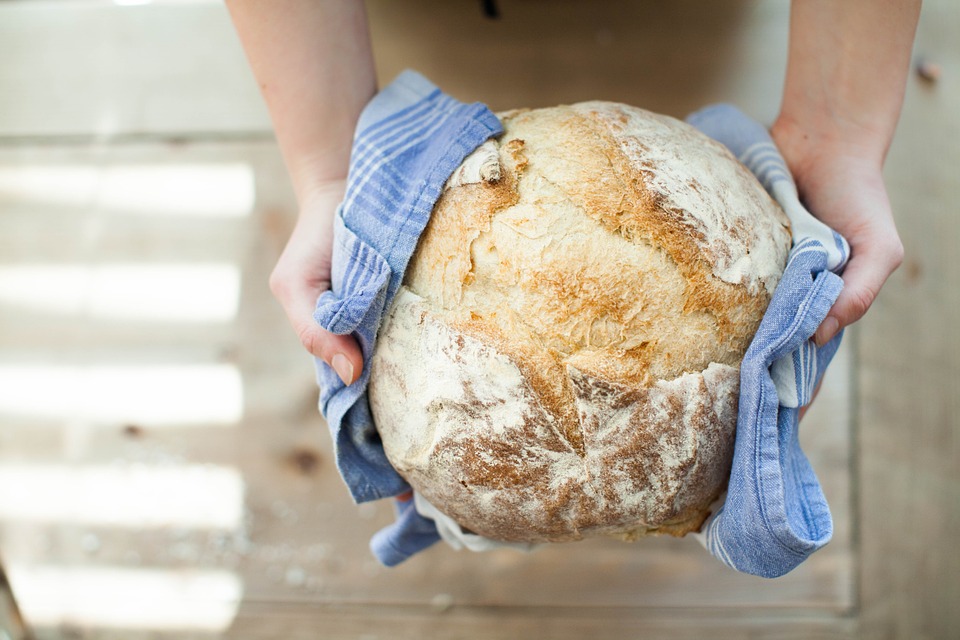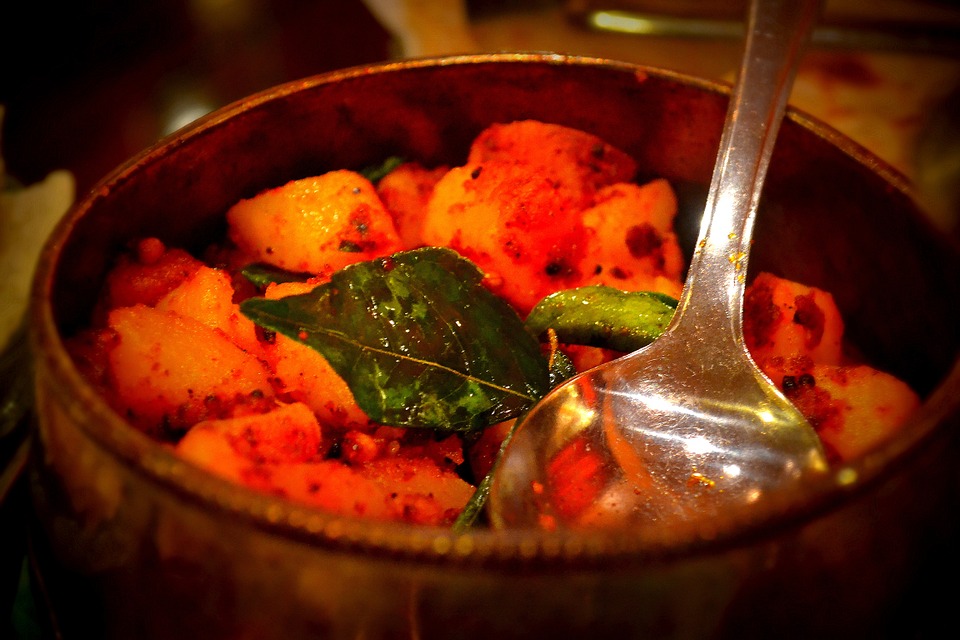Description
Some of the most common meals include:
- mamaliga (a type of polenta which represents a yellow cornmeal mush) along with sarmale (cabbage leaves wrapped around minced meat with rice) and smantana (sour cream);
- tochitura (a type of stew);
- chiftele (a large, flat type of meatball covered with a breadcrumb crust);
- Plescoi sausages;
- piftie (a jelly made from pork) and many more.
Bucharest abounds with cafes, bistros, pizzerias and fast food restaurants, especially in the Old Town part called Lipscani.
One can also find a vast selection of restaurants with international specialties or traditional dishes, some of the most popular being: Caru’ cu Bere, La Mama, City Grill and Taverna Sarbului and others.


